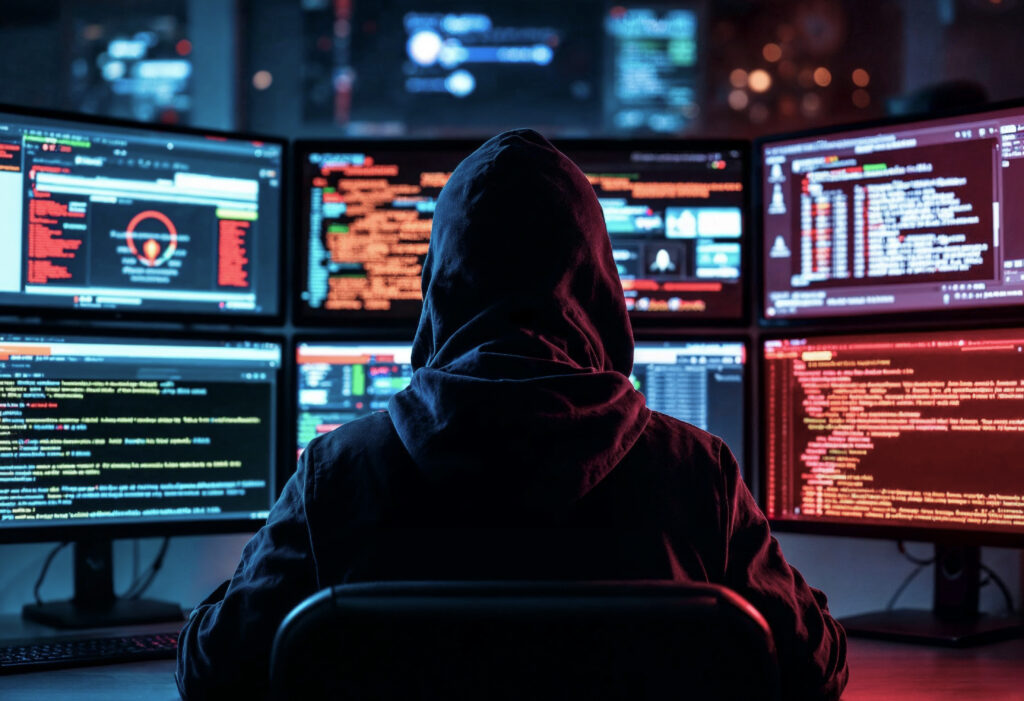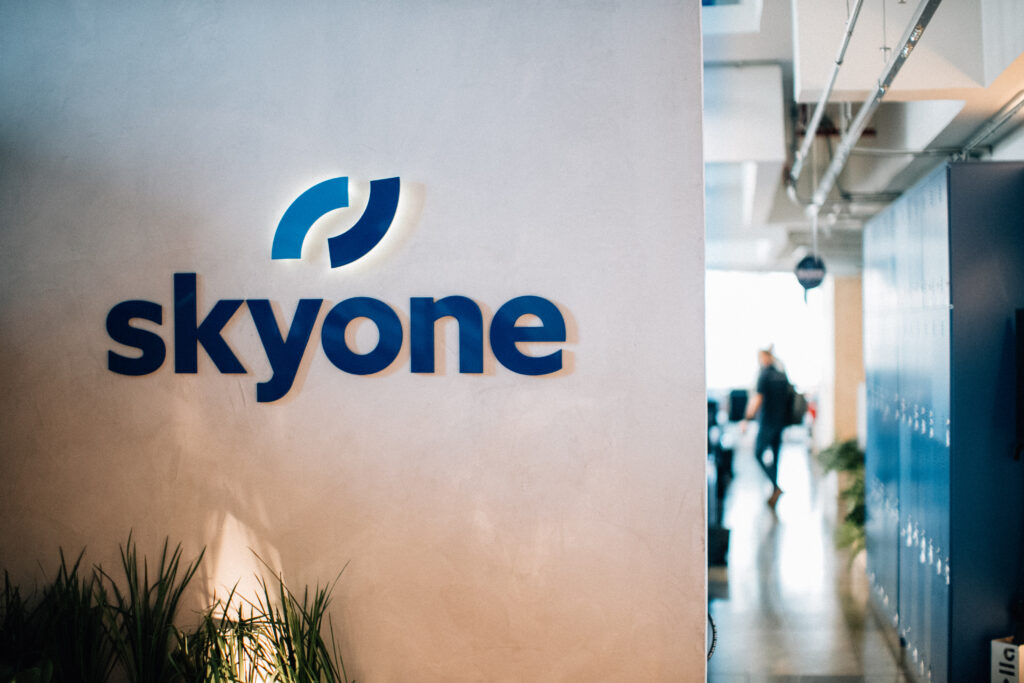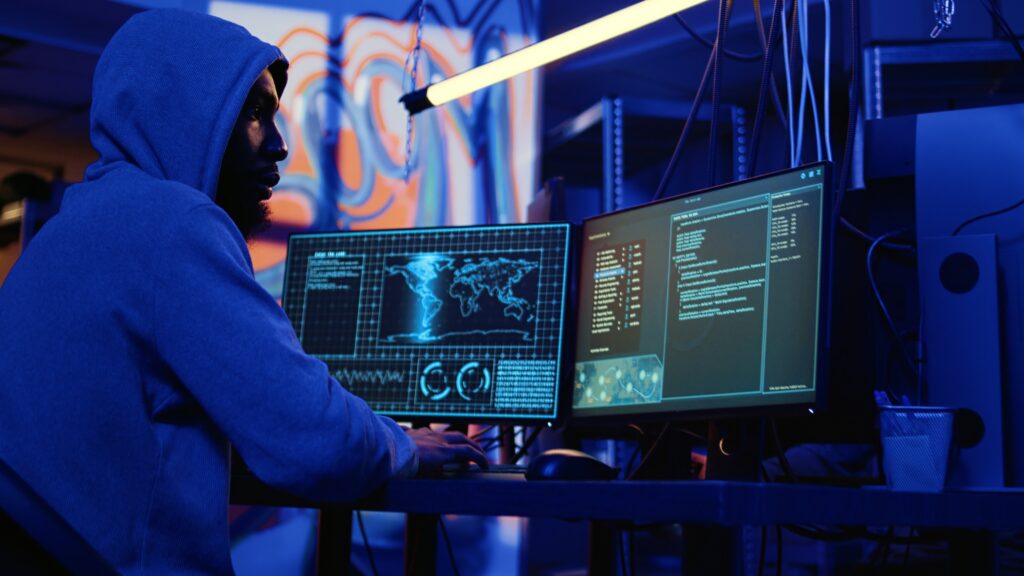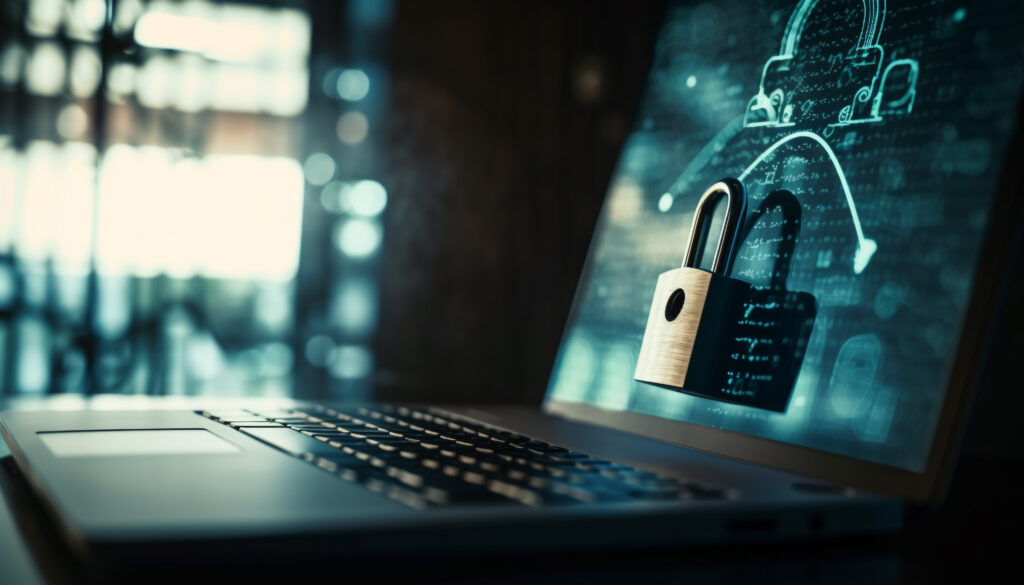The term hacker attack refers to malicious attempts to compromise digital systems, steal data, stop operations or obtain illicit financial gains. With the growing digitization of business, these attacks have become more frequent, sophisticated and devastating.
In recent months, three incidents have posed this theme:
- Invasion to C & M Software , a company linked to the Pix system, with a deviation of over R $ 500 million;
- LEAVING OF 1.3 TB OF DELL DATA, compromising customer records and internal documents;
- Exploitation of Vulnerabilities on Microsoft's SharePoint servers , impacting hundreds of companies.
These cases reinforce a harsh reality: no company is immune, not even giants of technology.
Main types of hacker attack
Understanding the different types of attacks is the first step to protecting yourself:
1. Phishing
- Scams disguised as emails, messages or legitimate websites, which aim to deceive users to steal passwords and personal data.
- Very common in bank fraud and corporate invasions.
2. Ransomware
- Criminals kidnap the data and require rescue in cryptocurrencies.
- Recent Example: The ThreatSec Group alleged authorship of the leakage at Dell, although the exact nature is still under investigation.
Also read: "Ransomware survival manual: How to act before, during and after an attack?"
3. Social Engineering attacks
- Involve psychological manipulation of people to gain privileged access.
- It was the technique used in the case of C&M Software (with the cooperation of an insider) .
4. Exploration of vulnerabilities
- Invaders exploit known (or not) failures in outdated or poorly configured systems and software, as in the case of Microsoft where outdated sharepoint servers were the entry point.
5. Internal attacks (insiders)
- Employees or former employees who sell access or intentionally collaborate with criminals.
Why are hackers attacks increasing?
Several factors explain the growth of these digital crimes:
| Factor | Description |
| Accelerated scanning | Companies migrated to digital without investing in proportion to security |
| More valuable data | Personal, corporate and banking information is highly profitable |
| Insiders (internal threats) | Internal threats have grown and require special attention |
| LACK OF CYCBER CULTURE | Training and processes are neglected. Human failures are still the weakest link |
| AI use by criminals | Hackers now use artificial intelligence to automate attacks |
Attack hacker to Dell: What happened?
TecMundo 's article , Dell suffered a ransomware attack in June 2025 that resulted in the leakage of 1.3 terabytes of data . Exposed files include customer information, internal documents and purchase records.
The attack was led by a hacker group named ThreatSec , which explored a failure on a company support server. The incident generated direct impact on the brand's reputation and drew attention to the importance of protecting exposed environments and constant monitoring of digital assets .
Microsoft security failure exposes sharepoint
According to InfoMoney , almost at the same time, Microsoft was the target of a hacker attack that explored flaws on SharePoint servers , impacting companies that used outdated versions of the platform .
Vulnerability has allowed unauthorized access to customer corporate servers, generating global concern about the lack of updating and monitoring in critical applications . The case reinforces the importance of maintaining safe, updated and well -configured environments .
The attack on C&M Software and the risk of the supply chain
In an exam article , the hacker attack on C&M Software , a supplier connected to the Pix ecosystem, was described as one of the largest scams ever recorded in the country. An insider sold credentials and facilitated theft of about $ 1 billion in Central Bank's reservation accounts, and approximately half of this value belonged to a single institution.
The case showed serious flaws in authentication, social engineering and absence of continuous monitoring. Above all, it has shown that it is not enough to protect the company itself, it is also necessary to shield the chain of partners and suppliers .
This type of crime, known as an attack on the supply-chain Attack , has been growing precisely by exploring third parties as a gateway to critical environments.
How to prevent a hacker attack on your company
Here are five strategic pillars to reduce the risk of invasions:
1. Implement Multifator Authentication (MFA)
- Even if the password is stolen, access is blocked with this additional layer.
- Skyone offers integration with robust identity systems and centralized access management.
2. Monitor 24/7 with a
- Center (SOC) detects and responds to real -time threats with proactive analysis and visibility dashboards.
- With SKYONE SOC , companies have access to a team of experts who work continuously to reduce operational risks.
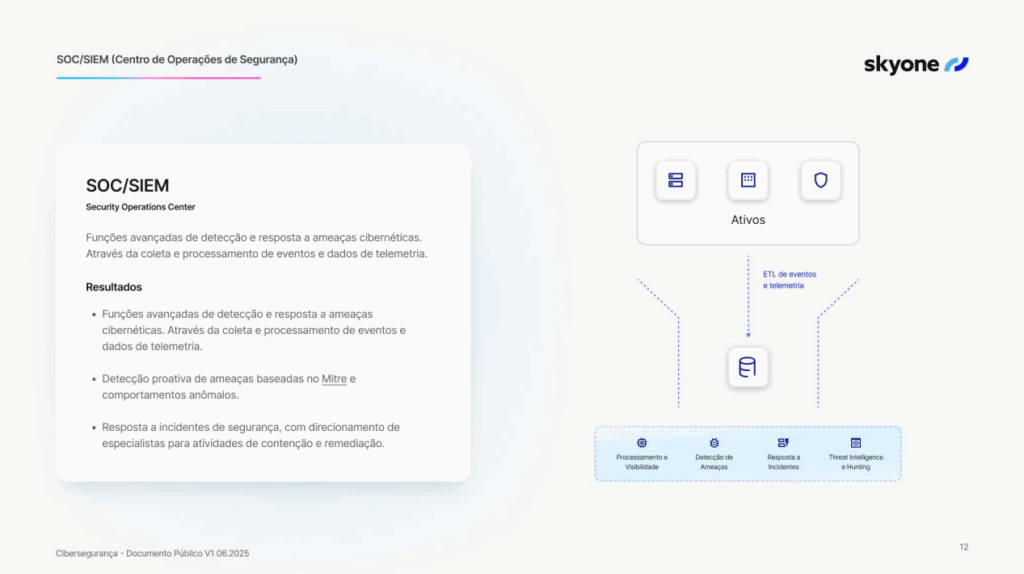
3. Perform phishing simulations
- Controlled training and testing helps strengthen employees awareness.
- Skyone conducts recurring phishing , with detailed reports and risk profile improvement suggestions.
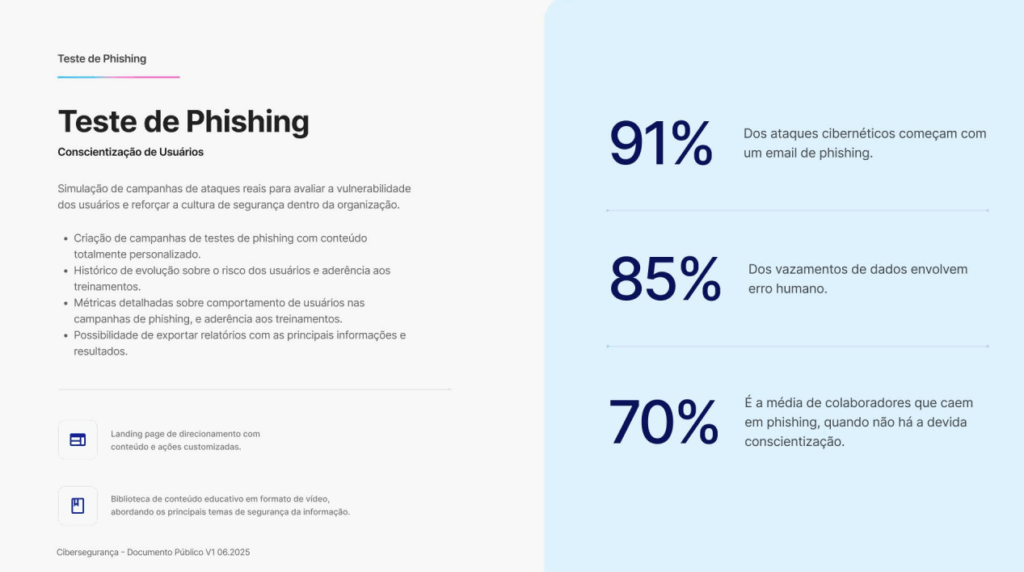
4. Use Behavioral Analysis (Ueba)
- User and Entity Behavior Analytics technology detect anomalous (out -of -standard) behaviors, signaling risks before they come to fruition.
- Skyone combines Machine Learning Models (AI) with UEBA to identify standard deviations in users, applications, access and systems.
5. Keep systems updated
- Applying safety corrections is vital to close exploitable breaches.
- With managed services, Skyone ensures continuous updates and monitoring of cloud and on-premises , reducing the attack surface.
Cyber security checklist
Use this list to evaluate your company's level of protection:
- Do all systems have patches and updates applied?
- Is there identity control and MFA implemented in all critical access?
- Is there continuous monitoring of expert threats (SOC)?
- Do employees go through frequent training and phishing tests?
- Suppliers and partners go through safety ratings?
- Is there centralized visibility of cyber risks?
- Does the company have a structured incident response plan?
What can we learn from these attacks?
The cases of Dell, Microsoft and C&M Software show that prevention is always cheaper than the damage . Furthermore:
- Security is not just technology. It is process, culture and partnership.
- Having only one antivirus is no longer enough.
- Companies need to be prepared before the hacker attack happens.
- Shielding the ecosystem of partners and suppliers is as important as protecting the company itself.
- Investing in managed cybersecurity services is a strategic decision, not just a technical cost.
Conclusion: Attack hacker is a matter of "when", not "if"
Recent attacks on Dell, Microsoft and C&M Software have widened an uncomfortable truth: no matter the size of the company, if it is digital, it is a target. And often, the weaker link is not in infrastructure, but in access, people and connected partners.
Meanwhile, the cybership evolves. Today, cybercriminals use artificial intelligence to automate invasions , explore breaches before they are documented and run increasingly convincing social engineering campaigns.
In this scenario, relying only on basic measures, such as antivirus or isolated firewalls, is the same as locking the front door and leaving the window open.
Skyone has developed cybersecurity for companies that cannot take this risk. Our portfolio goes beyond threat detection: we deliver a complete cyber defense structure ready to act , with:
- Structured incident response
- Continuous monitoring with
- Detection of anomalies with AI and Ueba
- Real phishing and continuous education simulations
- Protection from cloud to endpoints
- Robust identity and access controls
Is your company really protected against what is coming? Schedule a conversation with our team and find out how to anticipate the next hacker attack before it happens.

